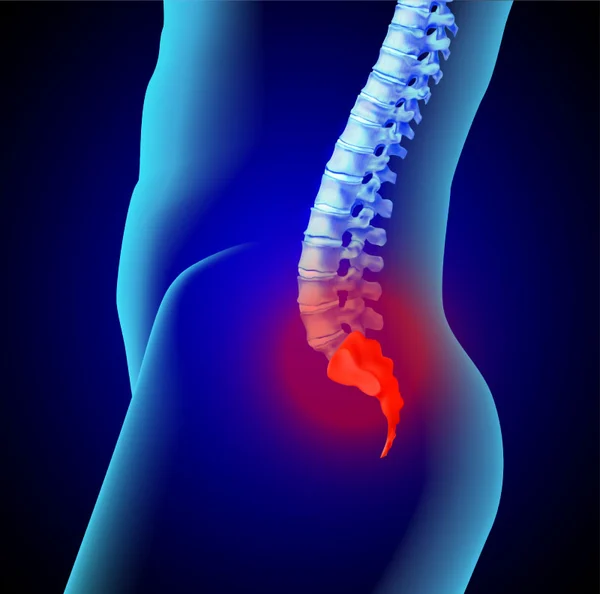We’re pleased to announce that Pain Physicians of Wisconsin is now Pro Spine Pain.
We’re pleased to announce that Pain Physicians of Wisconsin is now Pro Spine Pain.

In the realm of pain management, one procedure has gained remarkable attention for its effectiveness in dealing with chronic pelvic pain. This procedure is known as the ganglion impar injections. From professionals in pain management to those battling pain, understanding the mechanisms of this procedure can lead to a greater comprehension of how our bodies respond to pain and how we can address it.
Before diving into the procedure’s depths, let’s take a step back and understand the concept of the ganglion impar. It is a cluster of nerves located at the base of the coccyx, or tailbone, responsible for transmitting pain signals from the perineal and pelvic regions to the brain.
A ganglion impar injection is a non-surgical procedure that involves the administration of a local anaesthetic and steroid mixture to numb the ganglion impar. The primary aim of this treatment is to block these pain signals, thereby providing significant relief from chronic coccyx or pelvic pain.
The process begins with the patient lying on their stomach on an X-ray table. The area around the coccyx is then cleaned and sterilized, followed by the administration of a local anaesthetic to numb the area. Once the area is numbed, the physician uses fluoroscopic guidance, a type of live X-ray, to guide a thin needle to the ganglion impar. A contrast dye is used to ensure the accurate placement of the needle. After confirmation, a mixture of anaesthetic and steroid is injected to numb the ganglion impar and reduce inflammation.
The procedure takes approximately 30 minutes and is minimally invasive. The patient can usually return home the same day, resuming normal activities within a few days post-procedure.
Like all medical procedures, ganglion impar injections comes with potential risks and side effects. While these are generally minimal, they can include:
Discussing these potential risks and any specific concerns you may have with your healthcare provider before the procedure is crucial.
Following the procedure, patients may initially feel a slight increase in pain as the local anaesthetic wears off. However, within a few days, the pain reduction benefits from the steroid injection begin to take effect.
The effectiveness and duration of pain relief vary from person to person. Some people may require multiple injections to experience full relief, while others may feel a significant reduction in pain after just one injection. It is essential to maintain regular follow-ups with your healthcare provider to evaluate the success of the procedure and plan further treatments if necessary.
The ganglion impar injection has proven to be an effective solution for those who grapple with chronic pelvic pain. By understanding the procedure and what it entails, we hope to have answered your primary questions and concerns regarding this form of treatment. As if you’re considering the procedure, ensure to have a comprehensive discussion with your healthcare provider to weigh the benefits against potential risks. Your path to pain relief could be just one conversation away.